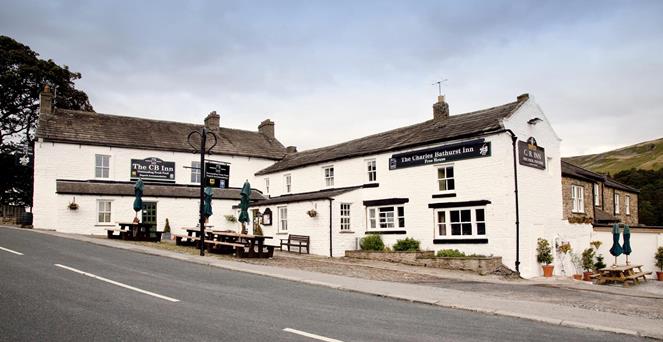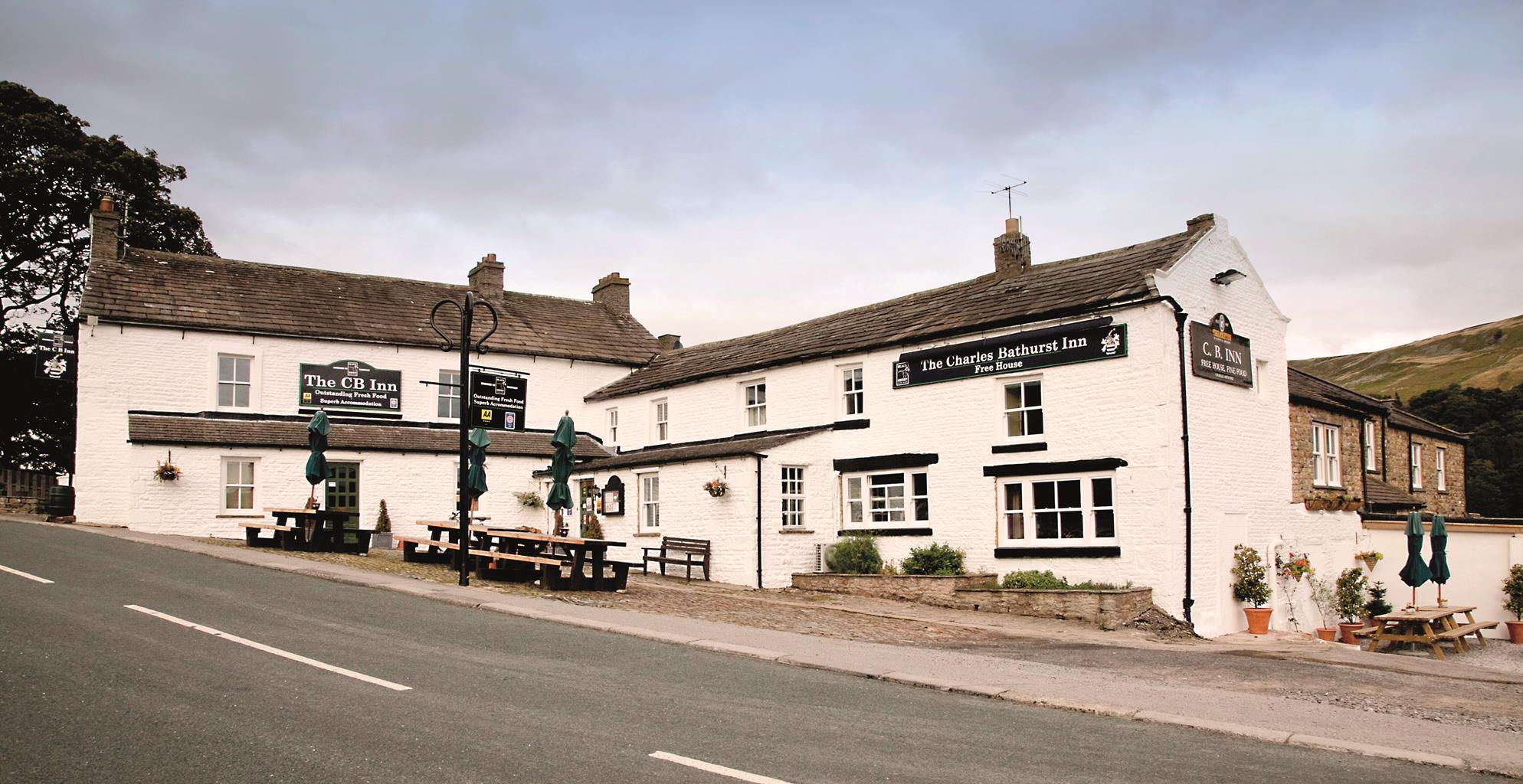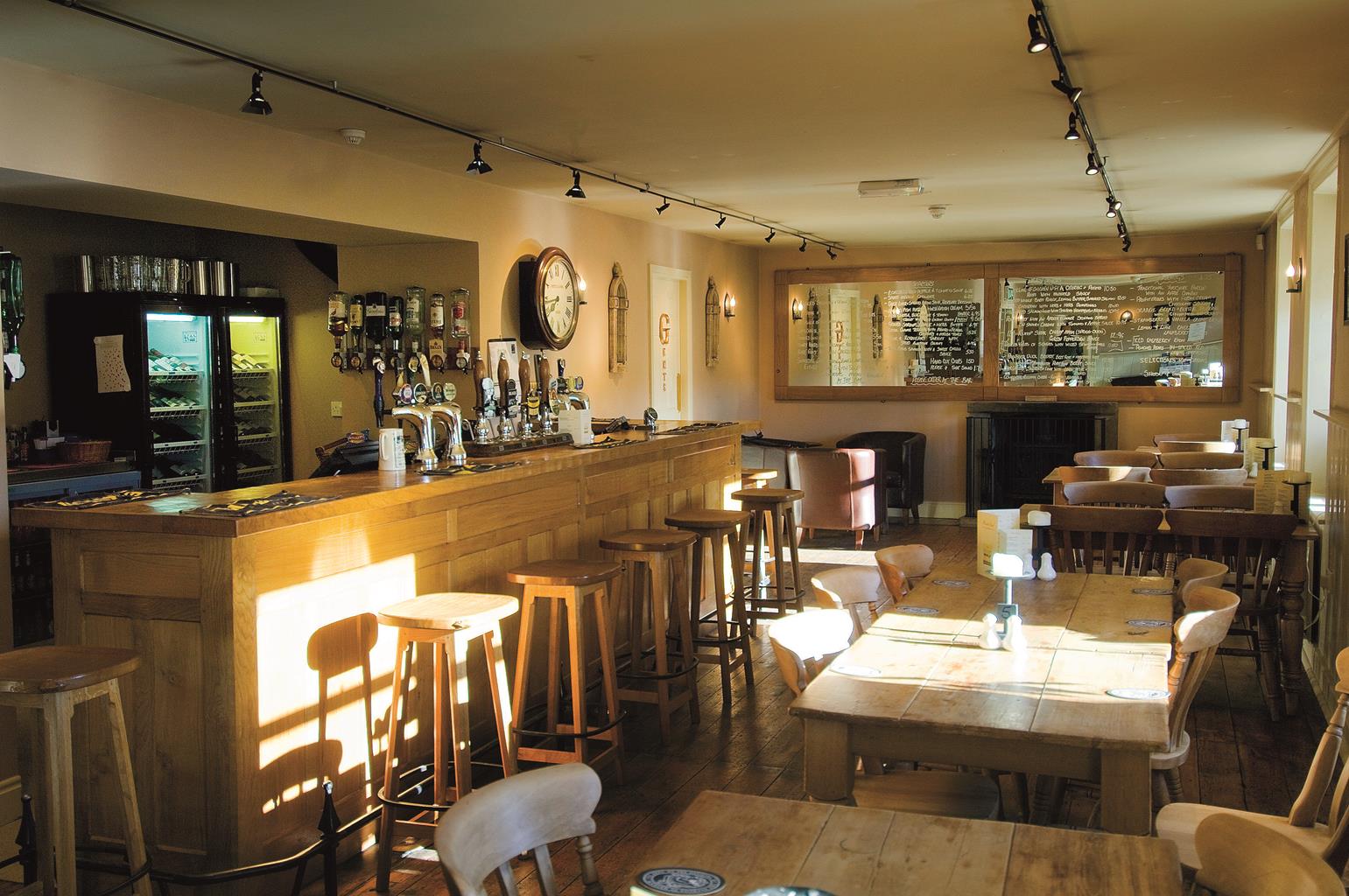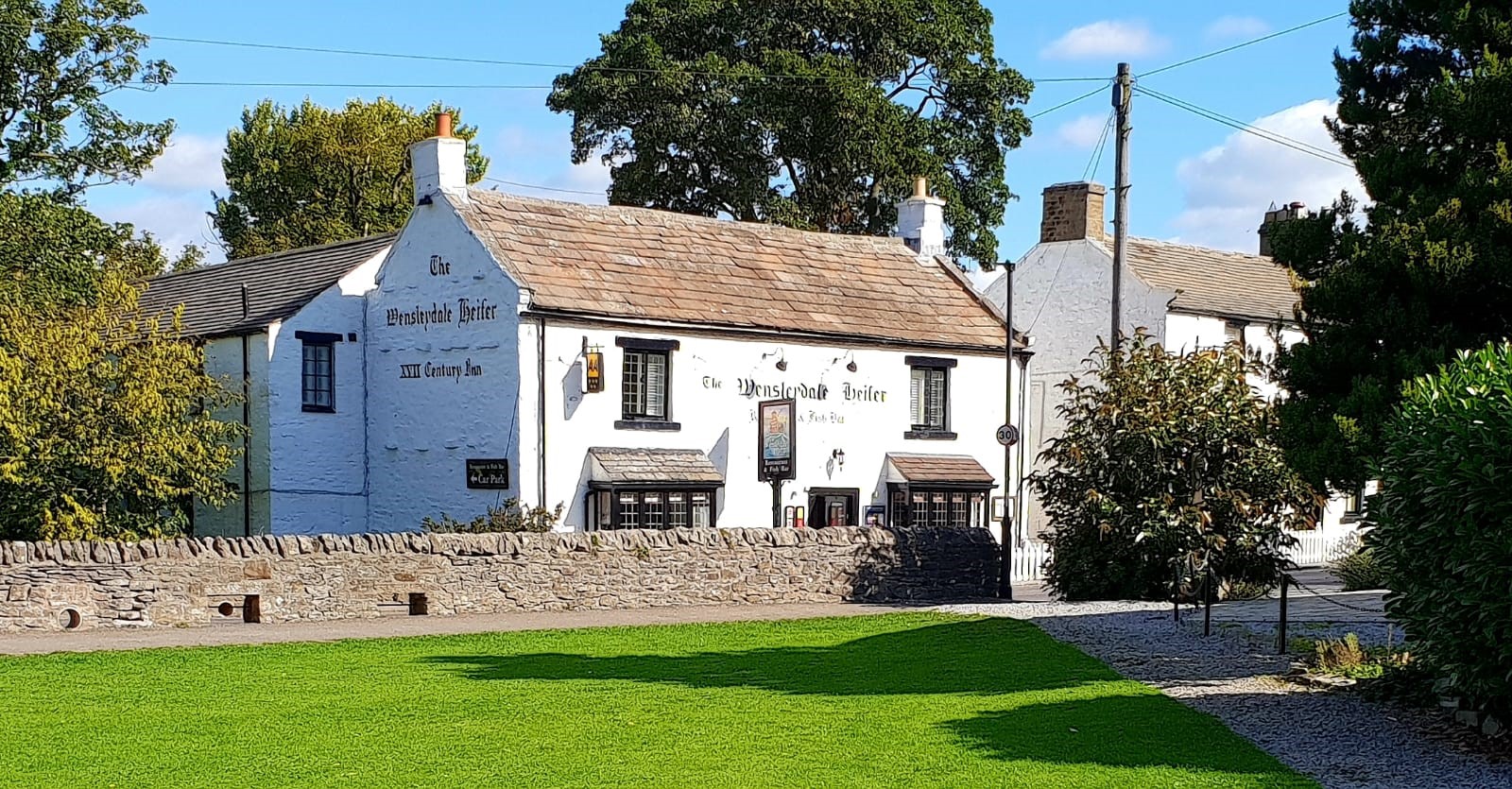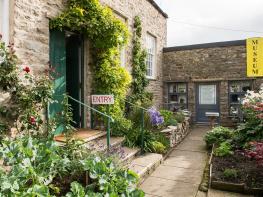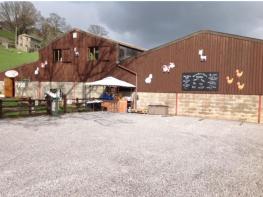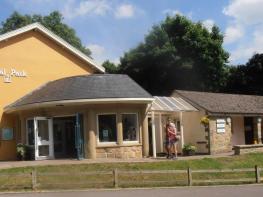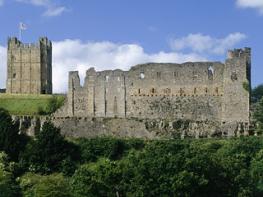Set at the top of the village green with delightful views over the Swaledale Valley, The…
Around Reeth in the heart of Swaledale

5.5 miles (8.8kms)
About the walk
Reeth has always had a strategic role in the Yorkshire Dales. Set above the junction of Swaledale and Arkengarthdale on Mount Calva, it controlled the important route westwards from Richmond. Sheep were for a long time the basis of Reeth’s prosperity – it has been a market town since 1695 – and there is the important Reeth Show at the end of August. The wool was used in Reeth’s knitting industry – both the men and women would click away with their needles making stockings and other garments. Reeth also used to be a centre for the lead mining industry, which extended up Arkengarthdale and over Marrick Moor.
Reeth Bridge, reached via the Leyburn road from the Green, has suffered over the years from the effects of the swollen River Swale. The present bridge dates from the early 18th century, replacing one washed away in 1701, itself built after its predecessor succumbed in 1547. The path beside the river leads to Grinton Bridge. Nearby is Grinton Church, once the centre of a huge parish that took in the whole of Swaledale, making very long journeys necessary for marriages and funerals. Curiously, it began life as a mission church for the Augustinian canons of faraway Bridlington Priory on the east coast.
The approach to Marrick Priory along the lane suggests that you are about to reach one of the most important churches in the Dales. In a way, that is true. Marrick in the Middle Ages was home to a group of Benedictine nuns. It was founded by Roger de Aske, whose descendent, Robert, was a leader of the Pilgrimage of Grace, the uprising against King Henry VIII’s closure of the monasteries. Hilda Prescott’s novel The Man on a Donkey (1952), about Robert Aske and the pilgrimage, is partly set at Marrick. Today the nuns’ buildings are partly demolished or absorbed into farm buildings. The church was reduced in size in 1811, and Marrick Priory is now an outdoor education and residential centre. After Marrick Priory the path climbs steeply uphill on rough stone steps called the Nun’s Causey (a corruption of ‘causeway’). Now used as part of the Coast to Coast Walk, from St Bee’s Head in Cumbria to Robin Hood’s Bay on the east coast, it is said to be built by the nuns from the priory. The original 365 steps have been broken up and removed over the centuries, but the path still retains a suitably medieval feel.
Walk directions
From the Green, walk downhill in the direction of Leyburn to Reeth Bridge. Over the bridge, continue along the road as it swings right. About 100yds (91m) along, turn right at a footpath sign to Grinton.
Follow the riverside path to a signpost, then continue on a well-marked path across fields to ascend steps onto Grinton Bridge. Turn left for a few paces, cross the road and take a track beside the bridge.
Follow the riverside path for about 0.5 miles (800m) to a metalled lane. Turn right and follow the lane to Marrick Priory. Walk past the buildings, over a cattle grid, and bear left through a gate signed ‘Marrick’.
Walk up the grassy track, then follow the paved path through woodland. Continue through fields, with a wall on the right, into a metalled lane. Opposite Harlands House turn left, then left again at a triangular junction.
Follow the road for 0.25 miles (400m), and turn left over a stile at a footpath sign. Follow the wall and cross a waymarked stile. Continue along the wall, then keep on in the same direction, ascending slightly to meet a road.
Turn left and follow the road for 0.75 miles (1.2km). On a left bend near an obvious track to a farm, cross a stile on the right, signed ‘Fremington’. Go straight ahead to a stile, then continue along the well-marked path through fields, until a final gate leads onto a walled path behind houses. Go straight ahead to a lane.
Turn left then first right. As the lane bends left, go ahead to a stile by a gate. Keep by the wall on the left, and follow the path through more stiles back to Reeth Bridge. Cross the bridge and follow the road back to the Green.
Additional information
Field and riverside paths, lanes and woodland, 14 stiles
Junction of Swaledale and Arkengarthdale, with fields and surrounding moorland
Dogs should be on leads for majority of walk
OS Explorer OL30 Yorkshire Dales - Northern & Central Areas
In Reeth, by the Green
In Reeth, opposite the Buck Hotel and in Grinton
WALKING IN SAFETY
Read our tips to look after yourself and the environment when following this walk.
Find out more
Also in the area
About the area
Discover North Yorkshire
North Yorkshire, with its two National Parks and two designated Areas of Outstanding Natural Beauty, is England’s largest county and one of the most rural. This is prime walking country, from the heather-clad heights of the North York Moors to the limestone country that is so typical of the Yorkshire Dales – a place of contrasts and discoveries, of history and legend.
The coastline offers its own treasures, from the fishing villages of Staithes and Robin Hood Bay to Scarborough, one time Regency spa and Victorian bathing resort. In the 1890s, the quaint but bustling town of Whitby provided inspiration for Bram Stoker, who set much of his novel, Dracula, in the town. Wizarding enthusiasts head to the village of Goathland, which is the setting for the Hogwarts Express stop at Hogsmeade station in the Harry Potter films.
York is a city of immense historical significance. It was capital of the British province under the Romans in AD 71, a Viking settlement in the 10th century, and in the Middle Ages its prosperity depended on the wool trade. Its city walls date from the 14th century and are among the finest in Europe. However, the gothic Minster, built between 1220 and 1470, is York’s crowning glory.
Nearby stays
Restaurants and Pubs
Nearby experiences
Recommended things to do
Why choose Rated Trips?
Your trusted guide to rated places across the UK
The best coverage
Discover more than 15,000 professionally rated places to stay, eat and visit from across the UK and Ireland.
Quality assured
Choose a place to stay safe in the knowledge that it has been expertly assessed by trained assessors.
Plan your next trip
Search by location or the type of place you're visiting to find your next ideal holiday experience.
Travel inspiration
Read our articles, city guides and recommended things to do for inspiration. We're here to help you explore the UK.


